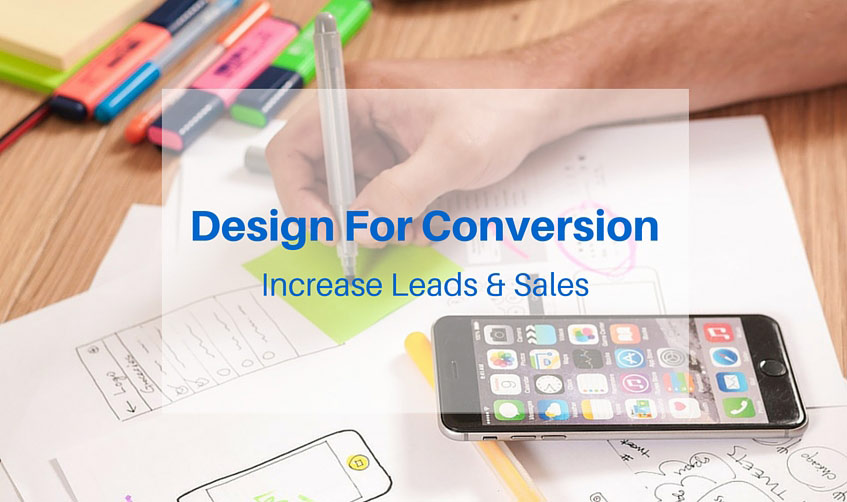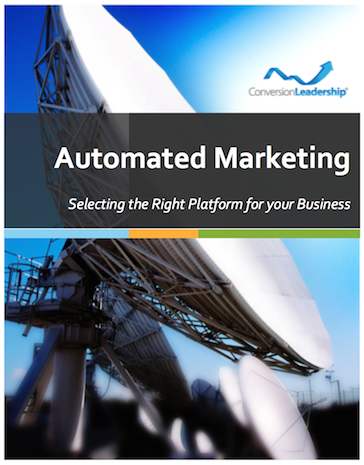5 Conversion Centered Design FAQs Answered

Conversion Centered Design: 5 questions answered
Conversion centered design is often associated with the exclusive domain of online retailers.
The truth is, any business expecting results from their online efforts can (and should) be looking for conversions.
Whether it's a contact request. A whitepaper download. A newsletter signup.
Each is considered "a conversion".
Conversions provide a meaning measure of how well you're doing right now and can give you insight into what changes can make things better.
So how do you get a conversion and how can you improve on it?
Conversion centred design isn't a commonly known design technique, and the term may raise more questions than it answers.
So let's get started with the most obvious one...
What really is conversion-centred design?
Pretty much as it seems, conversion-centred design focusses on taking the user from a first visit to the goal of a purchase.
In user-centred design, the design does everything it can to help the user achieve their goal on the site.
Conversion-centred design does everything it can to draw the user to a conversion.
Why are landing pages important in conversion-centred design?
If you want someone to be a conversion, you need to develop your relationship with them from the beginning. If their first point of contact is a generic home page, your relationship isn't off to a good start. It's like standing and smiling at someone at a party when what you really want to do is talk to them.
A well-designed landing page is how you talk to them. Introducing your marketing hook, pushing your product and placing a call to action are the equivalents of asking them what they do for a living and telling them they have a nice smile.
What does a good landing page look like?
This will depend to a large extent on your industry and your target market. There are, however, some basic tricks you can use in conversion-centred design:
- Use contrasting colours (although not too much) to draw the eye to areas of the page that warrant the most attention
- Try arcs and shapes that draw attention to a central point, such as the product or the call to action
- Arrows are ideal attention getters. The average person cannot help but look where they're pointing
- Pictures of faces keep people on pages – particularly the faces of babies or attractive people.
For more information on designing effective landing pages? Hubspot has a great blog post on The 7 Principles of Conversion-Centered Landing Page Design.
Information versus pushing toward a transaction. Which is better?
The answer is that it's better to have a mix.
Different types of shoppers respond to different approaches.
A practical person, for example, may be heavily influenced by the product specifications and only annoyed by constant calls to action. Someone more easily psychologically influenced, however, may be moved to action by a prompt.
Does this mean it's all push, push, push for a sale?
Definitely not!
"Conversion Centered Design is a strange two-headed beast," notes Cardinal Path.
"On one side it aims to utilize principles of user-centered design; usability, clear & relevant communication, targeted design and ease of navigation. On the other is a relentless desire to coerce visitors down a one-way sales funnel, where navigation and exploration are actively discouraged."
This means that conversions are important, yes, but you shouldn't ignore the principles of user-centred design completely. User experience is still important: give your users a bad experience, and they will leave and not come back.
Further reading: Crazy Egg's guide to conversion-centred design resources.

